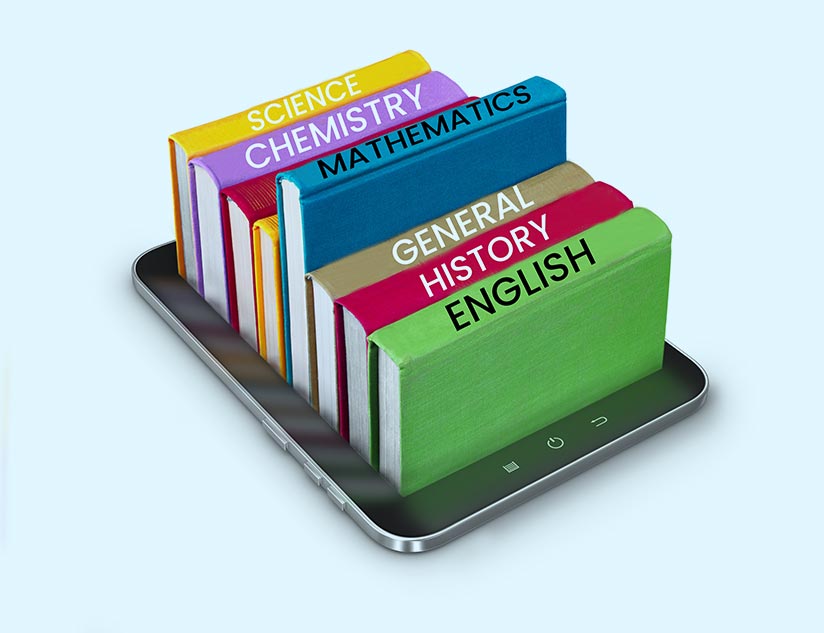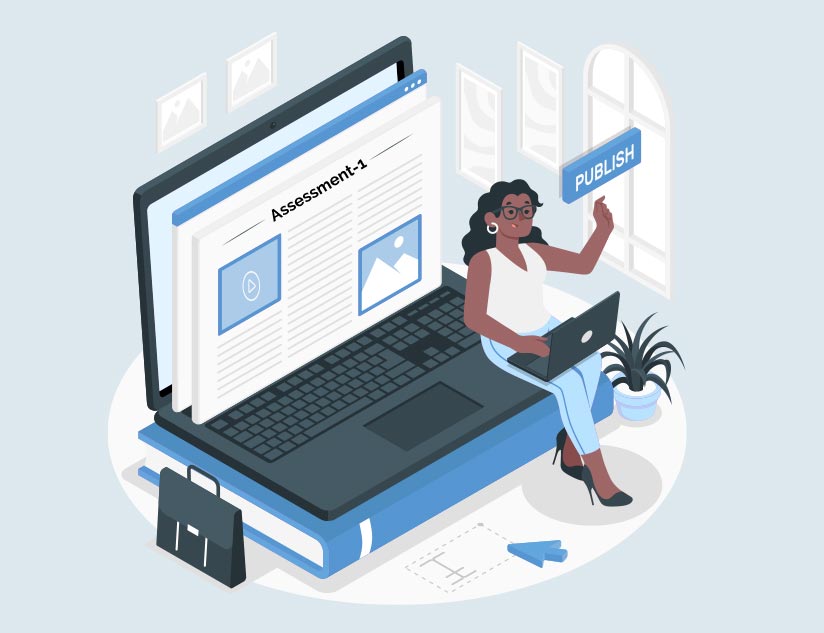How Textbook Authors Can Embrace the Digital Publishing Revolution
October 16th, 2019
In a world that is rapidly becoming digital, the means of delivering education are also evolving. The need for this evolution is driven, to a large extent, by the demands of today’s students, who are the true digital natives, with 45% of teens saying they are almost constantly online, according to a report by Pew Research Center. They have been born and brought up in a world where technology offers solutions for almost every problem or need. So, whether it is education or entertainment, work or social activities, they look to technology for the answer. Most importantly, Generation Z lives in an open book environment, always being one click away from the information they seek.
This evolution in student needs has led to publishers responding to the demand for technology by turning to digital platforms, and educational publishers are no different. Today, there are a plethora of digital learning platforms that allow educational publishers and institutions to offer courses and modules online, in the format most preferred by today’s student.
So, where does this leave textbook authors? How do they remain relevant in this increasingly digital world?
The Changing Publishing Landscape
With both students and the education sector looking towards a digital transformation, the sales of print textbooks have been on the decline, while major educational publishers are facing revenue losses. This has led to the publishing industry also looking at changing their business model and strategies.
Personalized learning without the need to invest in individual textbooks is a key demand of today’s students. Both millennials and Gen Z, who have grown up in the aftermath of a major global economic recession, share the same concerns regarding finances. They are concerned about the various educational costs that they or their parents will need to bear, including the perennially rising tuition fee. One way that they believe that can somewhat lighten the financial burden is through digital content. Publishers are increasingly recognizing this and are looking at ways to not just improve educational content but also reduce the reliance on traditional textbooks.
A key concern with the transition to the digital model is the issue of piracy. There is no dearth of illegal means to obtain free versions of textbooks in the online world. Such piracy translates into huge revenue losses for publishers, in the absence of robust digital rights management solutions.
The fact is that some of the largest names in educational publishing from McGraw-Hill Education to Pearson and from Macmillan Learning to Oxford University Press, are looking at digital publishing. In fact, Executive Editor of the Textbook and Academic Association, Michael Spinella, stated that textbook authors are finding it difficult to secure textbook contract with major academic publishers.
Remaining Relevant in the Digital World
Spinella went on to say that he believes very strongly that “there will be an ongoing need for quality educational materials,” with publishers continuing to look at textbook authors to provide such content, tailored for the digital world.
The solution to all of the above comes in the form of a robust learning experience platform. With such a platform, textbook authors are no longer limited to only text and static, hazy images printed on paper to explain new concepts. They can use images, videos, infographics and more to simplify complex concepts and make it easier for the learner. They can even consider creating microlearning segments that can break up information in easily digestible chunks, such that learning outcomes are enhanced.
With the digital revolution, textbook authors can look forward to their work being published and monetized much faster, while also having much wider reach. Digital publishing speeds up the pre-publication process, with MagicBox™ being able to reduce time to market by a whopping 80%. In fact, even editing content or updating it with new information becomes quick and easy.
In addition, such a digital learning platform allows both textbook authors and publishers to respond to the demands of today’s students. For instance, it allows for the creation of inclusive, accessible content that can be visual, auditory, snackable and personalized to the different learning needs of each student. It allows for self-directed and self-paced learning.
Also, with robust licensing and digital rights management, textbook authors can rest assured that their content is accessible only to authorized users, for a specific or predefined timeframe. This helps fight piracy while helping with the optimal monetization of content. For instance, MagicBox™ offers the means for content to be encrypted via the AES 256 encryption standard. It also provides access codes, such that the start and end date of each subscription period can be set. It also offers the option to choose from a range of license types, including device-based, domain-based, and user-based.
Most importantly, it offers robust learning analytics, which is not just great for educational institutions and students to assess learning progress but also offers content consumption analytics for publishers and authors. This means that they can modify the content, based on analytics, to enhance educational outcomes. And, when such a platform is compatible with a variety of authoring tools, it eases and speeds up the process of creating, modifying and distributing content.
The bottom line is that till the time human beings require education, there will be a need for textbook authors. What needs to change is the way the information is created and provided to the end-users, such that each generation of students can gain the most from education.















